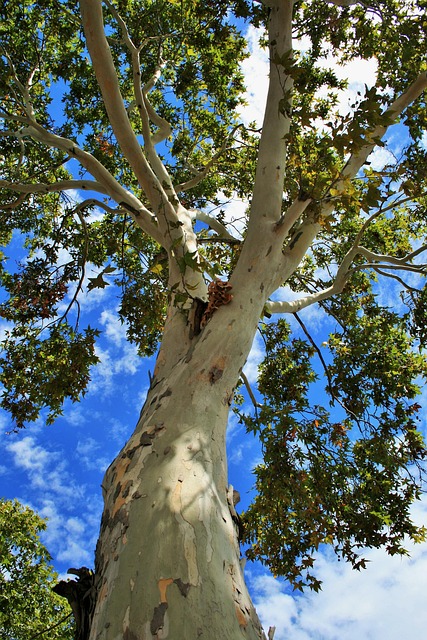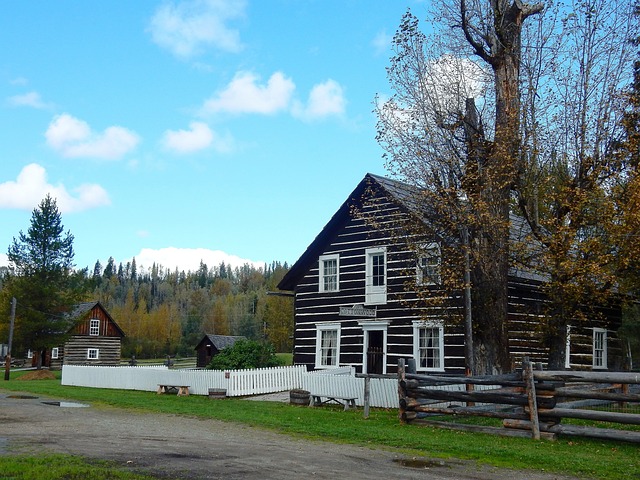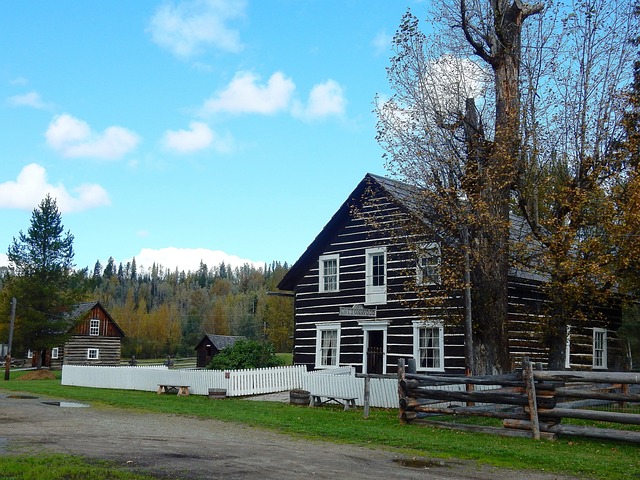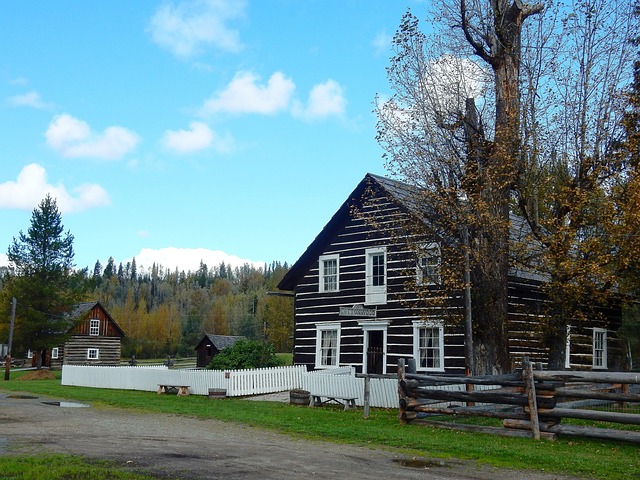The arts and culinary scene drive real estate development by transforming urban spaces into vibrant communities. Integrating creative hubs attracts diverse populations, boosts local economies, and increases property values through cultural exchange. Real estate investors can capitalize on this trend by acquiring properties in or adjacent to culinary hotspots, expecting higher foot traffic and tourism. These sectors create dynamic areas appealing to businesses, residents, and tourists, ultimately boosting economic growth.
“Discover how thriving arts and culinary scenes are redefining real estate. In this article, we explore the symbiotic relationship between creative hubs and urban spaces. From unlocking untapped potential in existing buildings to transforming derelict areas into cultural hotspots, these initiatives drive economic renewal. We delve into successful examples where cuisine and creativity converge, fostering community engagement and enhancing urban living. Join us as we uncover strategies for real estate developers and urban planners aiming to cultivate vibrant, culturally rich environments.”
Unlocking Potential: Arts and Culture in Real Estate

The arts and culinary scene are powerful tools for real estate development, unlocking hidden potential in urban spaces. By integrating creative hubs into property strategies, developers can foster vibrant communities that attract diverse populations. Arts centers, galleries, and performance venues not only enhance the aesthetic appeal of an area but also stimulate local economies. They become catalysts for cultural exchange, inspiring innovation and creativity while cultivating a sense of belonging among residents.
Real estate investors can capitalize on this trend by investing in properties adjacent to or within these cultural hotspots. Such locations often experience increased foot traffic, higher property values, and a surge in tourism. The energy and diversity driven by the arts and culinary sectors create an attractive environment for businesses, making them desirable places to live, work, and play.
Culinary Hotspots: Driving Urban Renewal

The thriving arts and culinary scene in urban areas is a powerful catalyst for real estate revitalization. Culinary hotspots, with their diverse offerings and vibrant energy, attract locals and tourists alike, transforming once-neglected neighborhoods into bustling hubs of activity. The emergence of these food-focused destinations stimulates local economies, encourages foot traffic, and fosters a sense of community—all while driving urban renewal.
Restaurants, cafes, and street food vendors contribute to the unique character of a city, creating an appealing environment that encourages people to gather, socialize, and immerse themselves in the locale’s culture. This culinary focus not only enhances the quality of life for residents but also positions the area as a desirable location for businesses, artists, and young professionals, further fueling the city’s economic growth and revitalizing its real estate market.
Community Spaces: Where Cuisine Meets Creativity

In vibrant communities, the fusion of culinary arts and creativity thrives in unique spaces that double as both dining destinations and cultural hubs. These multifunctional areas, often found in up-and-coming real estate sectors, are designed to engage locals and visitors alike. From pop-up art galleries within restaurants to outdoor markets showcasing local artisans, these community spaces foster a sense of belonging and artistic expression. They become the heart of neighborhoods, where residents gather, exchange ideas, and experience diverse cultural offerings.
The integration of cuisine and creativity is not just about aesthetics; it’s a strategic move to revitalize urban landscapes. Real estate developers recognize the potential of transforming underutilized spaces into dynamic centers for social interaction and artistic exploration. As a result, we see former industrial areas morphing into bustling food alleys, old warehouses converted into co-working studios with cafes below, and historic buildings reimagined as multi-purpose arts complexes. This fusion not only enhances the local economy but also contributes to a thriving cultural scene that attracts tourists and fosters community pride.






